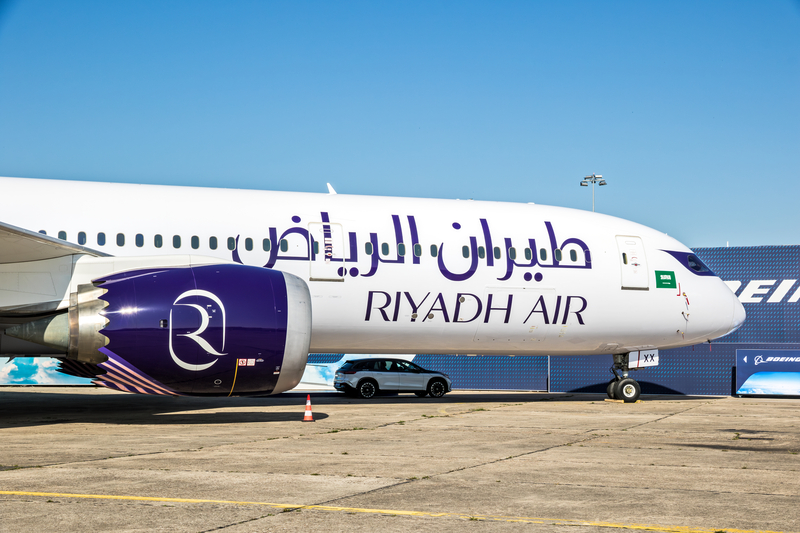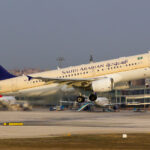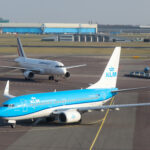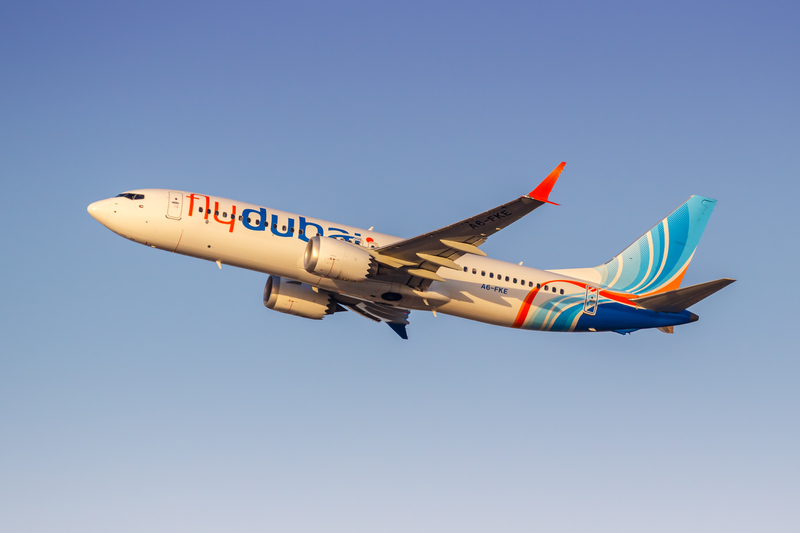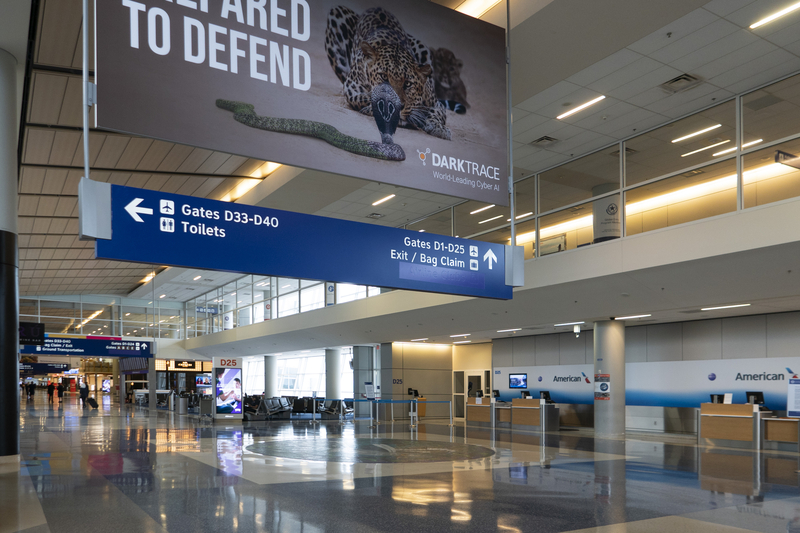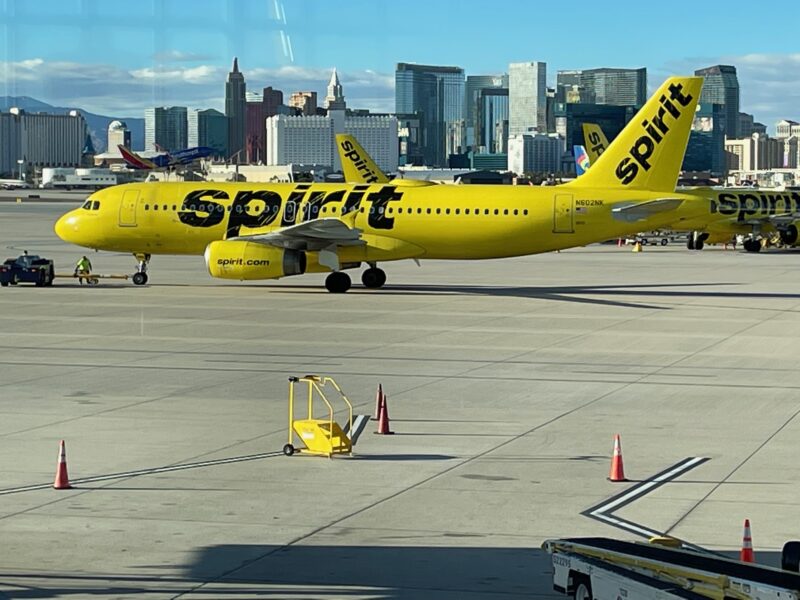Saudi Kingdom Grows Its Ambitious Multi-Airline Strategy
Saudi Arabia’s already explosive aviation growth is set to accelerate even further, with plans to launch three additional airlines in the coming years. These new carriers will sit alongside the four existing Saudi airlines, all of which already have aggressive expansion plans and substantial aircraft order books. The goal is clear: support the kingdom’s Vision 2030 strategy and help attract 150 million annual visitors by the end of the decade.
Vision 2030 And Aviation As A Growth Engine
Vision 2030, unveiled almost a decade ago, aims to diversify Saudi Arabia’s economy beyond oil. Tourism is one of its central pillars, and aviation is the backbone that will support it. Under the National Tourism Strategy, the kingdom is targeting 150 million visitors a year by 2030.
To meet that target, Saudi Arabia has committed more than $100 billion to aviation. This includes transforming Riyadh’s airport into the six-runway King Salman International Airport and massively expanding Jeddah’s King Abdulaziz International Airport. These projects are designed to turn the country into a major global hub for both religious and leisure travel.
Three New Airlines On The Horizon
Against this backdrop, the Saudi Tourism Authority’s chief executive, Fahd Hamidaddinis, has confirmed that three more airlines are in the pipeline. Speaking at the Cityscape Global conference in Riyadh, he described the ongoing transformation as the most significant aviation reshaping of the 21st century.
He emphasized the role of home carriers in building demand: a strong national airline does not just serve a destination, it helps create it. Referring to the future lineup, he noted that, alongside Saudia and the newly launched Riyadh Air, “three more air carriers” are due to be announced.
If all of these plans materialize, Saudi Arabia could enter the next decade with seven airlines and a combined fleet approaching 1,000 commercial aircraft.
What We Know About The New Carriers
While full details have not yet been released, some early information has emerged about two of the three planned airlines.
One will be a low-cost carrier based in Dammam at King Fahd International Airport on the Gulf coast, currently the world’s largest airport by land area. In July, the General Authority of Civil Aviation selected a consortium led by UAE-based Air Arabia, together with Kun Investment and Nesma Holding, to launch this airline. By 2030, it is expected to operate a fleet of 45 aircraft, serving 24 domestic and 57 international routes, and carrying around 10 million passengers per year.
The second new airline is slated for the holy city of Medina and will focus on religious tourism. Today, most pilgrims arrive via Jeddah and travel to Medina by high-speed rail. A Medina-based airline would allow travelers to fly directly into Prince Mohammad bin Abdulaziz International Airport, giving them a more convenient entry point for pilgrimages. Tenders for this carrier are expected to be issued soon, according to officials at the Dubai Airshow 2025.
No public details have yet been shared about the third airline, including its base, target market, or fleet plans.
Rapid Expansion At Saudi Arabia’s Existing Airlines
Even before the three new entrants arrive, Saudi Arabia already has a crowded and fast-growing airline landscape.
The long-standing flag carrier Saudia is being reshaped as a global network airline, while Flynas—Saudi Arabia’s first low-cost carrier—continues to grow rapidly. Flyadeal, Saudia’s own low-cost subsidiary, has also expanded aggressively in the domestic and regional markets. The newest player, Riyadh Air, has just begun operations from the capital and intends to serve more than 100 destinations by 2030.
Their combined order books are striking. Between them, the four airlines have more than 460 aircraft on order, a figure that would roughly triple the current operational fleets once deliveries are complete.
| Airline | Operational Aircraft | Aircraft Orders | Total |
|---|---|---|---|
| Saudia | 155 | 116 | 271 |
| Flynas | 65 | 157 | 221 |
| Riyadh Air | 1 | 124 | 125 |
| Flyadeal | 41 | 64 | 105 |
Flynas has the largest order book, with over 140 Airbus A320 family aircraft and 15 A330-900s due to arrive. Riyadh Air is steadily building up its long-haul fleet, starting with 40 Boeing 787-9s being assembled in Charleston, alongside 60 Airbus A321neos and up to 50 Airbus A350-1000s under a deal signed earlier this year.
Taken together, this growth will dramatically expand Saudi Arabia’s regional and long-haul reach well before the three new airlines even take off.
Opportunities And Questions Ahead
Saudi Arabia’s multi-airline strategy is designed to segment the market. Legacy carriers like Saudia and Riyadh Air will focus on premium long-haul and global connectivity, while low-cost operators such as Flynas, Flyadeal, and the planned Dammam-based airline will chase price-sensitive leisure and visiting-friends-and-relatives traffic.
The Medina-focused carrier, meanwhile, is tailored for religious tourism, which remains one of the kingdom’s most reliable and resilient demand drivers. Direct flights to Medina will give millions of pilgrims a more convenient option and help ease pressure on Jeddah and the rail network.
At the same time, running seven airlines within one country will raise questions about overlap, competition, and long-term sustainability. Balancing capacity growth with actual demand, especially outside peak pilgrimage seasons, will be a key challenge. How Saudi regulators and stakeholders coordinate route networks, pricing, and airport access will determine whether this strategy results in healthy competition or costly duplication.
Bottom Line
Saudi Arabia is pushing ahead with one of the most ambitious aviation build-outs in the world. On top of four rapidly expanding airlines and hundreds of aircraft on order, the kingdom now plans to launch three more carriers, including a Dammam-based low-cost airline and a Medina-based religious carrier.
These moves are central to the Vision 2030 goal of attracting 150 million annual visitors and turning the country into a major global air hub. If everything unfolds as planned, Saudi Arabia will enter the next decade with seven airlines and a combined fleet nearing 1,000 aircraft—fundamentally reshaping the aviation landscape across the Gulf and beyond.
